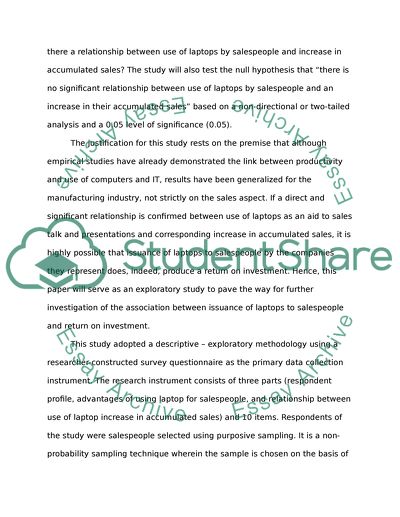Cite this document
(“Laptop issuance to sales persons and return on investment Research Paper”, n.d.)
Retrieved from https://studentshare.org/information-technology/1415121-laptop-issuance-to-sales-persons-and-return-on-investment
Retrieved from https://studentshare.org/information-technology/1415121-laptop-issuance-to-sales-persons-and-return-on-investment
(Laptop Issuance to Sales Persons and Return on Investment Research Paper)
https://studentshare.org/information-technology/1415121-laptop-issuance-to-sales-persons-and-return-on-investment.
https://studentshare.org/information-technology/1415121-laptop-issuance-to-sales-persons-and-return-on-investment.
“Laptop Issuance to Sales Persons and Return on Investment Research Paper”, n.d. https://studentshare.org/information-technology/1415121-laptop-issuance-to-sales-persons-and-return-on-investment.


